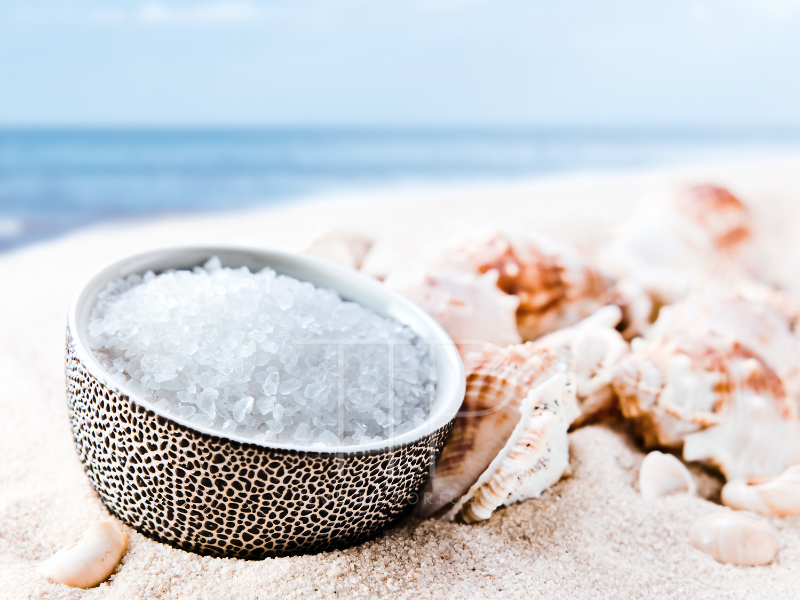It is, most likely, the most used seasoning in kitchens around the world. However, it is also the most controversial and contradictory. Still, there are healthier versions.
Algae and sea fish are known for their high iodine content. Both come from the sea and so consumers often conclude that sea salt is also rich in iodine. But this is a mistake. Sea salt naturally contains about 0.1 to 2 milligrams of iodine per kilogram of salt.
In a video shared on the social network Instagram, nutritionist Diana Cruz recommends iodized salt. Basically, it is sea salt with iodine, a micronutrient essential for the synthesis of thyroid hormones. “Iodine contributes to the normal functioning of the nervous system and cognitive function. For every gram of salt consumed, we are including 30 micrograms of iodine, which represents 10% of our daily iodine needs. It’s significant, ” he says.
However, it warns that “salt consumption should be as little as possible”, recalling that the World Health Organization recommends a daily consumption of five grams per day at most. “Unfortunately, we Portuguese consume well above this amount [the average daily salt consumption in Portugal is 10.7 grams],” she laments.
Specialists recommend using iodized salt in the home to meet the daily need for iodine! According to WHO estimates, about 2 billion people worldwide are affected by iodine deficiency. Our body needs iodine for the production of vital thyroid hormones.


[…] Related article: There is a healthier type of salt […]